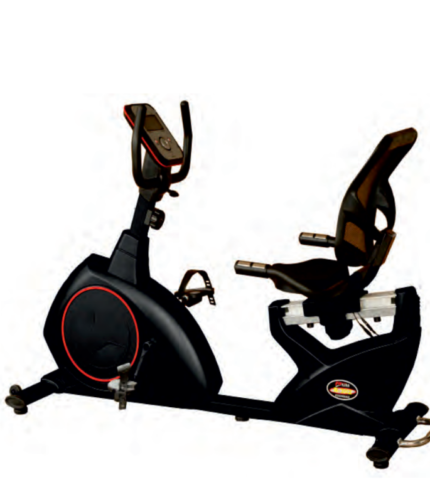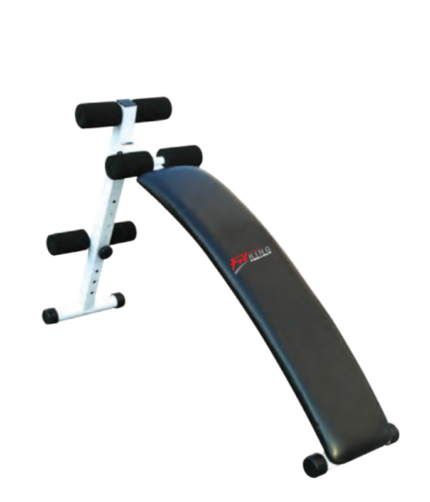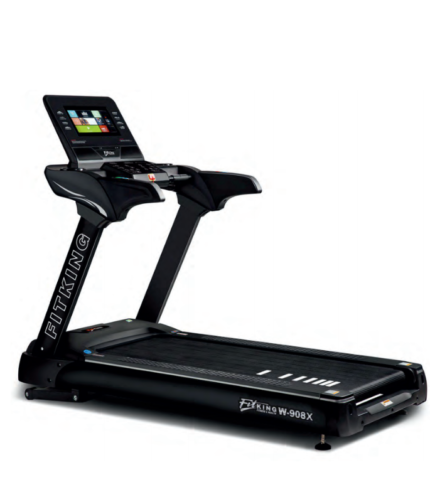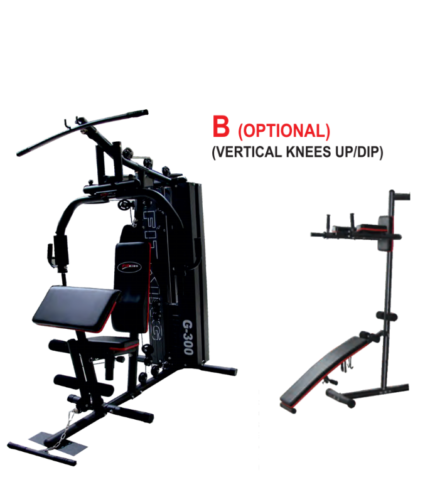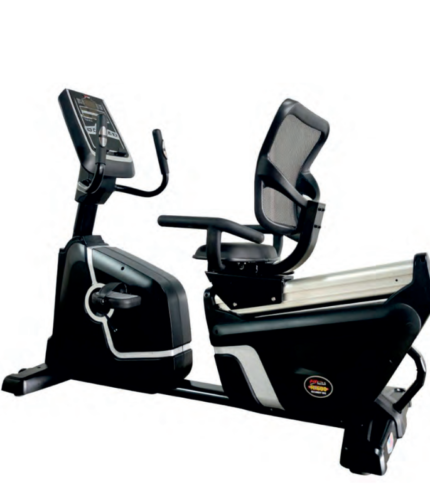In recent years, technology has dramatically transformed the fitness industry, making workouts more efficient, engaging, and personalized. From smart equipment to wearable technology, the integration of advanced tools has revolutionized how individuals approach their fitness journeys. This blog will explore the various ways technology is shaping modern fitness equipment and its implications for both consumers and fitness professionals.
1. Smart Fitness Equipment
One of the most significant advancements in fitness technology is the emergence of smart fitness equipment. These devices are equipped with sensors and connectivity features that allow them to collect data on user performance in real-time. For example, smart treadmills and stationary bikes can track metrics such as speed, distance, heart rate, and calories burned.
Benefits:
- Real-Time Feedback: Users receive immediate insights into their workout performance, enabling them to make adjustments as needed.
- Personalization: Many smart machines can adapt workouts based on user data, providing a tailored experience that caters to individual fitness levels and goals.
- Integration with Apps: Smart equipment often syncs with mobile apps, allowing users to track their progress over time and set measurable goals.
2. Wearable Technology
Wearable technology has become a staple in modern fitness routines. Devices like smartwatches, fitness trackers, and smart clothing provide users with valuable health insights that enhance their workout experiences.
Key Features:
- Health Monitoring: Wearables can track heart rate, sleep patterns, activity levels, and even stress levels. This data helps users understand their overall health better.
- Activity Tracking: Many wearables allow users to log different types of workouts and monitor their performance across various activities.
- Goal Setting: Users can set specific goals (e.g., steps per day or calories burned) and receive notifications or reminders to stay on track.
As these devices continue to evolve, they are becoming more sophisticated in their tracking capabilities. For instance, some smartwatches now offer ECG monitoring and advanced sleep analysis, enabling users to gain deeper insights into their health.
3. Artificial Intelligence (AI) Integration
AI is making waves in the fitness industry by providing personalized coaching and workout plans based on user data. AI-driven platforms analyze individual performance metrics and adjust training regimens accordingly.
Advantages:
- Customized Workouts: AI can create personalized workout plans that evolve based on progress and performance.
- Real-Time Adjustments: During workouts, AI systems can provide feedback and modify exercises to ensure optimal challenge levels.
- Engagement: By offering dynamic workout experiences that change based on user input, AI keeps individuals motivated and engaged.
For example, platforms like Tonal utilize AI to assess user strength levels and offer recommendations for weight adjustments during strength training sessions.
4. Virtual Reality (VR) Workouts
Virtual reality is transforming the way people experience fitness by providing immersive workout environments. VR workouts allow users to engage in activities that feel more like games than traditional exercise routines.
Benefits:
- Engagement: The immersive nature of VR keeps users motivated by making workouts fun and interactive.
- Variety: Users can participate in a wide range of activities—from cycling through scenic landscapes to boxing against virtual opponents—enhancing the overall workout experience.
- Accessibility: VR workouts can be done at home or in gyms equipped with VR technology, making it easier for individuals to access diverse training options.
As VR technology continues to advance, we can expect even more innovative fitness experiences that cater to various interests and preferences.
5. Augmented Reality (AR) Coaching
While VR immerses users in virtual environments, augmented reality enhances real-world experiences by overlaying digital information onto physical spaces. AR coaching uses devices like smartphones or AR glasses to provide real-time feedback during workouts.
Key Features:
- Exercise Demonstrations: AR can display exercise demonstrations directly in the user’s environment, ensuring proper form and technique.
- Progress Tracking: Users can visualize their progress through overlays that show metrics like heart rate or calories burned during workouts.
- Interactive Challenges: Some gyms use AR for gamified challenges where users must hit specific movement targets displayed in their workout space.
This technology not only makes workouts more engaging but also helps users learn proper techniques more effectively.
6. Smart Gym Apparel
The rise of smart gym apparel is another exciting development in fitness technology. Clothing embedded with sensors tracks biometrics such as heart rate, muscle activity, and movement patterns.
Examples:
- Hexoskin Smart Shirts: These shirts come equipped with ECG sensors that monitor heart rate variability during workouts.
- Prana Wearable: This device focuses on controlled breathing techniques and posture monitoring during exercises.
Smart apparel provides valuable insights into performance while ensuring comfort during workouts. As this trend grows, we can expect more brands to integrate technology into their clothing lines.
7. Enhanced User Experience through Connectivity
Modern fitness equipment is increasingly designed with connectivity features that enhance user experience. Many machines now come equipped with screens that stream live classes or provide access to on-demand workouts.
Benefits:
- Interactive Classes: Users can participate in live classes from home or follow along with pre-recorded sessions led by professional trainers.
- Community Engagement: Many platforms foster a sense of community by allowing users to connect with friends or join group challenges.
- Progress Tracking: Connected devices enable seamless tracking of progress across multiple platforms, giving users a comprehensive view of their fitness journey.
Brands like Peloton have successfully capitalized on this trend by creating a community-driven ecosystem around their products.
8. Eco-Friendly Fitness Technology
As environmental awareness grows among consumers, the demand for eco-friendly fitness equipment is also on the rise. Manufacturers are exploring sustainable materials and energy-efficient designs for new products.
Examples:
- Solar-Powered Equipment: Some companies are developing gym machines powered by solar energy.
- Recycled Materials: Fitness brands are increasingly using recycled materials in their products to reduce environmental impact.
This shift not only appeals to environmentally conscious consumers but also sets a new benchmark for sustainability within the industry.
9. Gamification of Fitness
Gamification involves incorporating game-like elements into workouts to increase engagement and motivation. This trend has gained traction as more people seek enjoyable ways to exercise.
Features:
- Points Systems: Many apps reward users with points for completing workouts or achieving goals.
- Challenges and Competitions: Users can participate in challenges against friends or other community members, fostering a sense of competition.
- Achievements Badges: Earning badges for milestones achieved adds an element of fun while encouraging continued effort.
By making workouts feel like games rather than chores, gamification helps individuals stay committed to their fitness routines.
10. The Future of Fitness Technology
As we look ahead, the future of fitness technology promises even more innovations that will further enhance our workout experiences. Emerging trends include:
- Advanced Biometric Sensors: Future wearables may incorporate even more sophisticated sensors capable of monitoring a wider range of health metrics.
- AI Personal Trainers: The next generation of AI-driven personal trainers will likely offer even more personalized guidance based on extensive data analysis.
- Integration with Health Platforms: Expect seamless integration between fitness devices and broader health management platforms that provide comprehensive insights into overall well-being.
The ongoing evolution of technology will continue to shape how we approach fitness—making it more accessible, engaging, and effective than ever before.
Conclusion
The role of technology in modern fitness equipment cannot be overstated. From smart devices that provide real-time feedback to wearable tech that tracks health metrics, these innovations have transformed how individuals engage with their fitness journeys. As technology continues to evolve, we can anticipate even more exciting advancements that will enhance our workout experiences—making it easier for everyone to achieve their health goals while enjoying the process.
Incorporating these technological advancements into your routine not only helps you stay motivated but also empowers you with valuable insights into your performance. Whether you’re a seasoned athlete or just starting your fitness journey, embracing the latest innovations will undoubtedly elevate your experience and results in the world of fitness.








